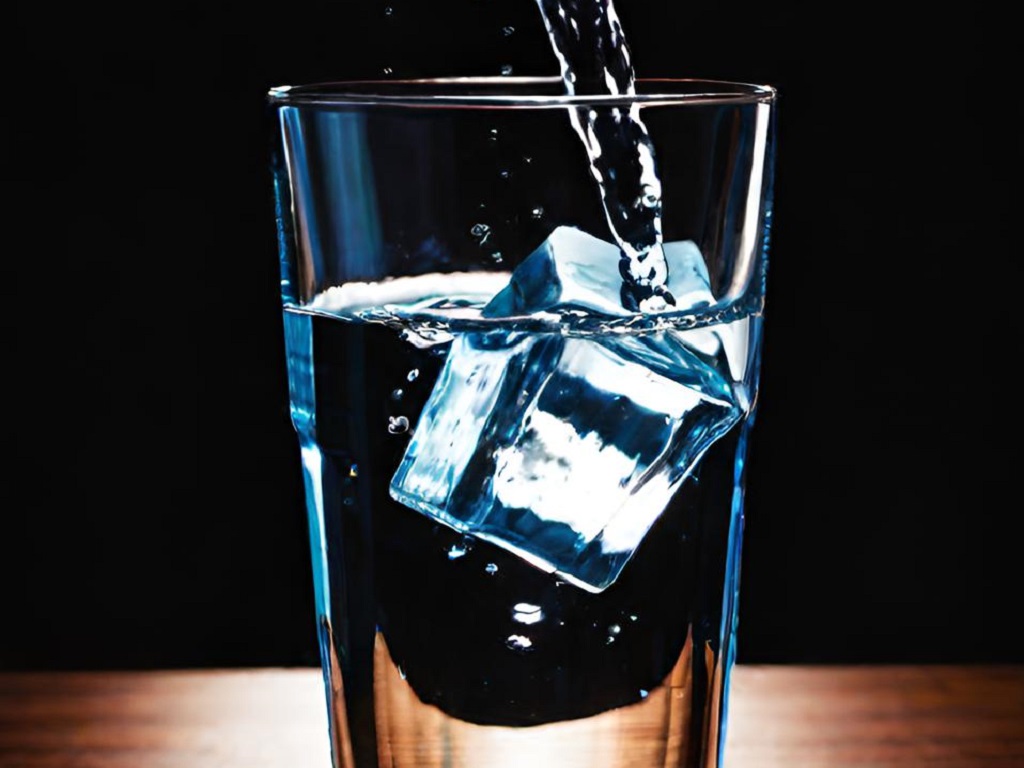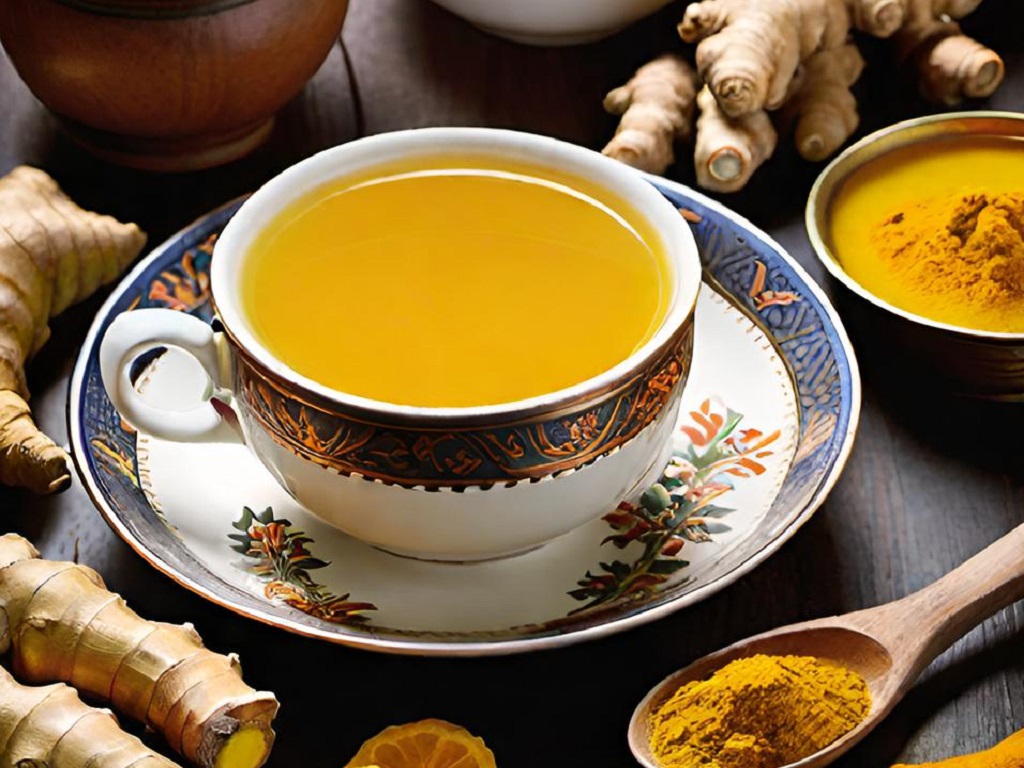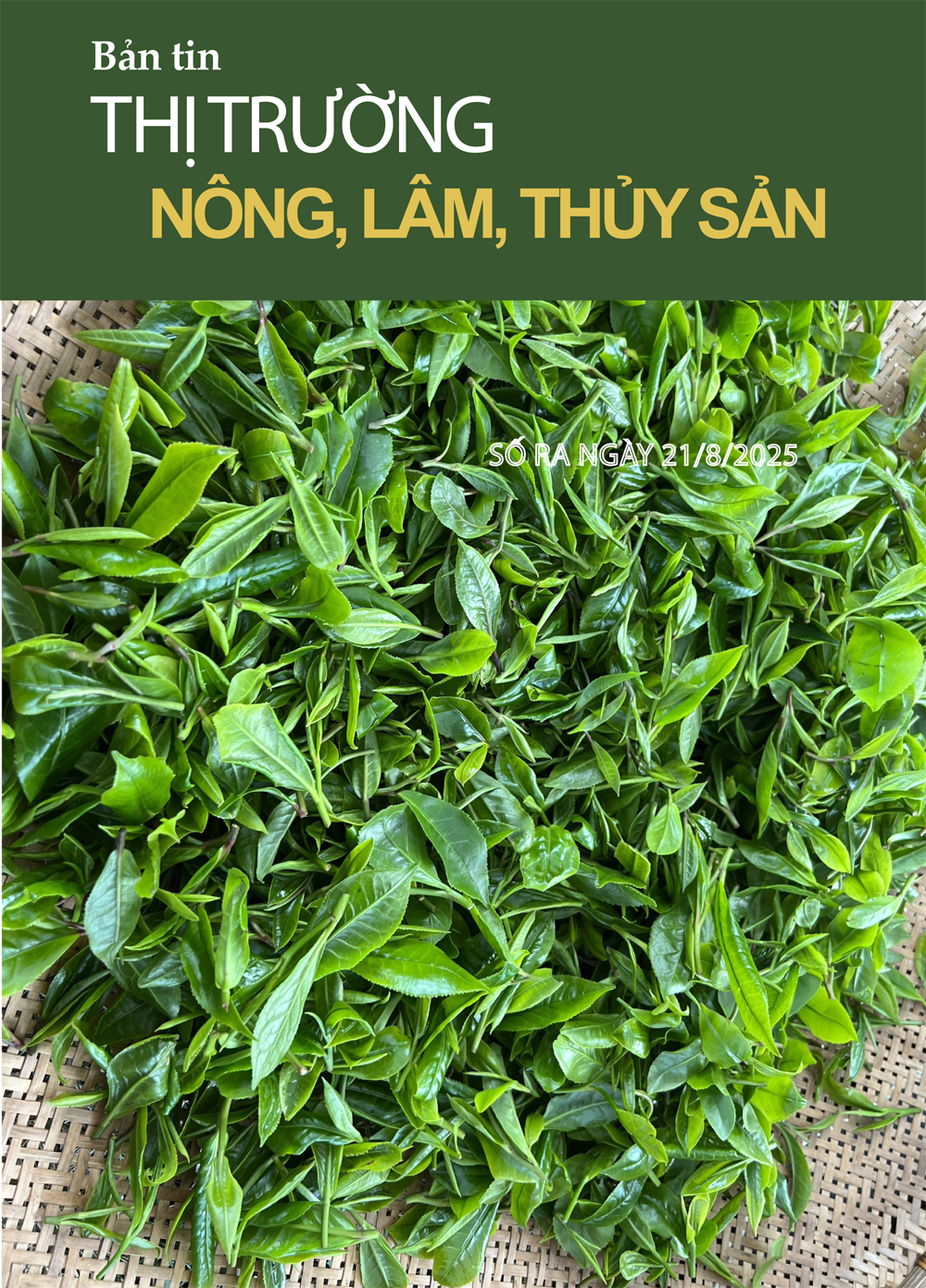'Cold temperatures cause blood vessels to constrict, increasing resistance in the blood vessels, forcing the heart to pump blood harder and increasing blood pressure.' Start your day with health news to see more of this article!
Starting a new day with health news , readers can also read more articles: Eating and drinking animal meat but still have high blood fat?; Why must the bladder be full during ultrasound?; Little-known health effects of combining turmeric and ginger ...
Doctors give effective tips to control high blood pressure when the weather turns cold
Cold temperatures cause blood vessels to constrict, increasing the resistance in the blood vessels, forcing the heart to pump harder and increasing blood pressure. Blood pressure can increase by 5-10 mmHg in winter due to this reason, explains Dr. Gnanadev NC, a cardiologist and specialist with over 20 years of experience in India.
High blood pressure can lead to serious conditions such as heart disease, stroke, kidney damage and vision loss. Therefore, knowing how to control high blood pressure in winter is essential to minimize the risks.

Cold weather can pose challenges for people with high blood pressure.
Here, Dr. Gnanadev shares some tips to control high blood pressure when the weather turns cold.
Stay physically active despite the cold weather. This is one of the most effective ways to prevent the negative effects of high blood pressure in the winter. Regular exercise helps keep your blood vessels flexible and improves overall blood circulation.
Consider indoor activities like walking on a treadmill, doing yoga, or following a home workout video . If you exercise outdoors, dress warmly and avoid going outside in extreme cold.
Pay more attention to your diet. This is especially important in cold weather, which can increase blood pressure. Focus on a diet rich in fruits, vegetables, whole grains, and lean proteins. Certain fruits and vegetables, such as spinach, carrots, and oranges, are rich in potassium and magnesium, which help regulate blood pressure.
Also, cut back on processed and packaged foods, which are often high in sodium. Instead, season your food with herbs and spices to support heart health. The next content of this article will be on the health page on December 20.
Why does the bladder have to be full during an ultrasound?
One thing that people who are having a bladder ultrasound are often asked to do is to hold their urine so that their bladder is full. This is a very important factor when having a bladder ultrasound.
Ultrasound is a non-invasive imaging technique that uses high-frequency sound waves to create images of structures inside the body. A full bladder helps the sound waves travel more effectively, resulting in clearer, more accurate images.

Before a bladder ultrasound, you need to drink plenty of water to fill your bladder.
A full bladder will help the ultrasound image to see the entire internal structure, thereby detecting problems such as stones, bladder tumors or other abnormalities. If the bladder is empty or only partially full, the image will not be clear, the bladder wall may be blurred.
Ultrasound in a full bladder also helps doctors assess the function of holding and excreting urine. Specifically, the doctor will know if the bladder's ability to hold urine is working normally, whether there is leakage or obstruction of urine. The next content of this article will be on the health page on December 20.
Little-known health benefits of combining turmeric and ginger
Colds and flu are more common during the change of seasons or when temperatures drop. They take longer to heal for people with weakened immune systems. Combining turmeric and ginger helps boost immunity and has many other benefits.
Turmeric and ginger are natural plants with medicinal properties. They both contain anti-inflammatory, antioxidant, and digestive-aiding compounds.

Combining ginger and turmeric will help provide the body with a rich source of anti-inflammatory and antioxidant substances.
Combining turmeric and ginger may provide the following health benefits:
Reduce inflammation. Chronic inflammation is one of the main causes of the development of dangerous diseases such as heart disease, cancer and diabetes. It also aggravates autoimmune diseases such as rheumatoid arthritis and some types of inflammatory bowel disease. Combining ginger and turmeric will help the body get enough anti-inflammatory nutrients such as gingerol, beta-caryophyllene, curcumin or turmerone.
Pain relief. Several studies have shown that both ginger and turmeric can help relieve chronic pain. Curcumin, the active ingredient in turmeric, is particularly effective at relieving pain caused by arthritis.
Reduce nausea. Ginger is a natural remedy that helps soothe the stomach and effectively reduce nausea. Some research evidence shows that eating at least 1 gram of ginger per day will significantly reduce nausea and vomiting after surgery. Meanwhile, turmeric has the effect of fighting digestive problems caused by chemotherapy, reducing symptoms such as nausea and diarrhea. Start your day with health news to see more content of this article!
Source: https://thanhnien.vn/ngay-moi-voi-tin-tuc-suc-khoe-meo-hay-kiem-soat-huyet-ap-vao-mua-lanh-1852412192345567.htm




![[Photo] Prime Minister Pham Minh Chinh chairs the conference to review the 2024-2025 school year and deploy tasks for the 2025-2026 school year.](https://vstatic.vietnam.vn/vietnam/resource/IMAGE/2025/8/22/2ca5ed79ce6a46a1ac7706a42cefafae)


![[Photo] President Luong Cuong receives delegation of the Youth Committee of the Liberal Democratic Party of Japan](https://vstatic.vietnam.vn/vietnam/resource/IMAGE/2025/8/22/2632d7f5cf4f4a8e90ce5f5e1989194a)








































































Comment (0)